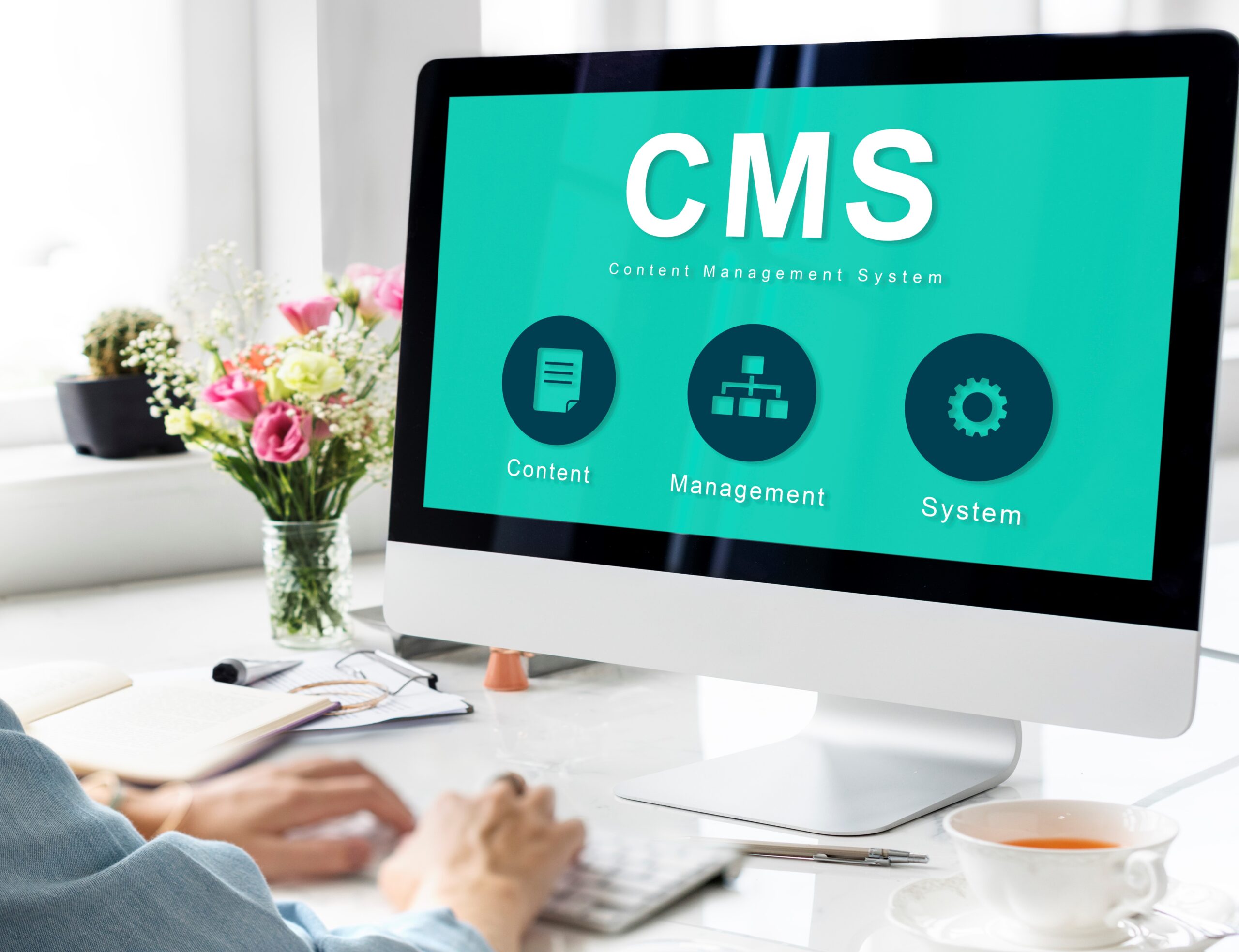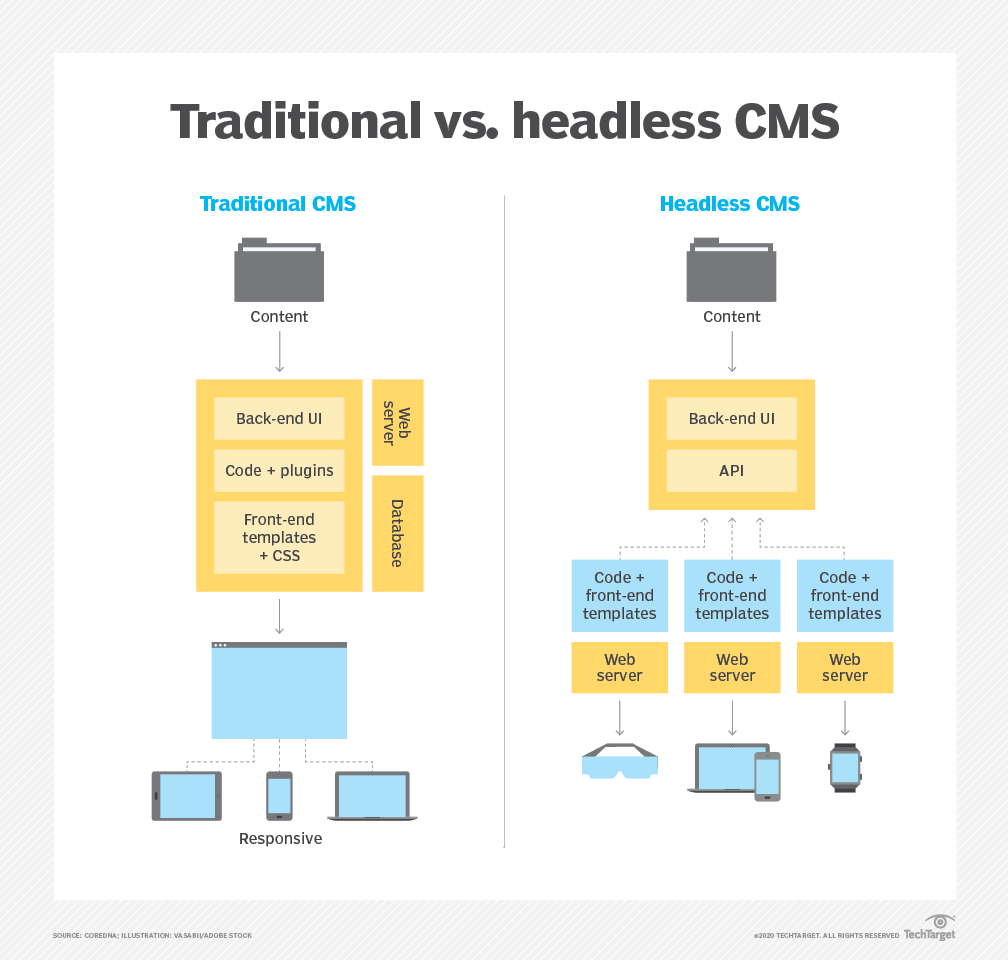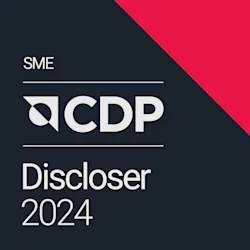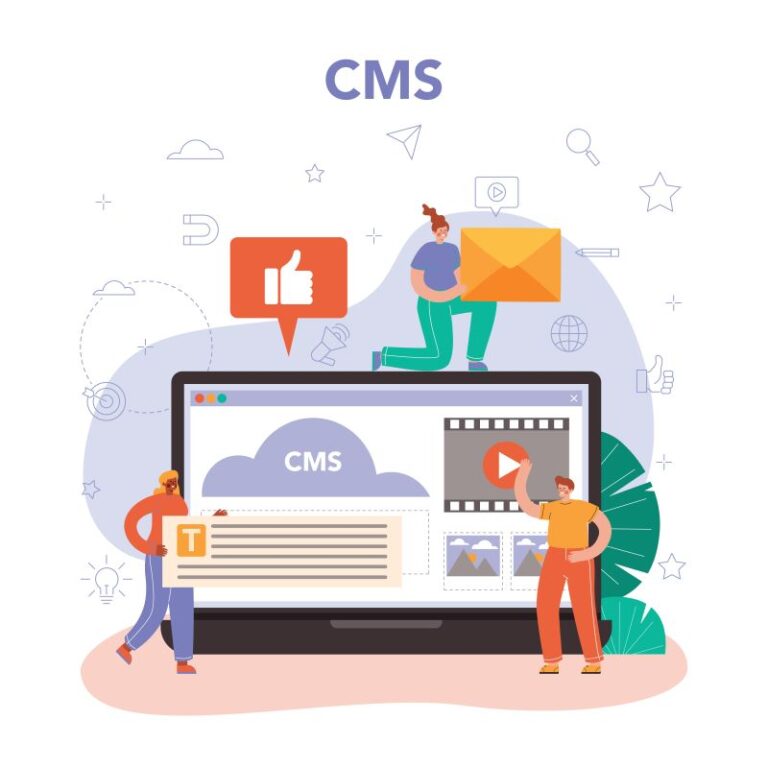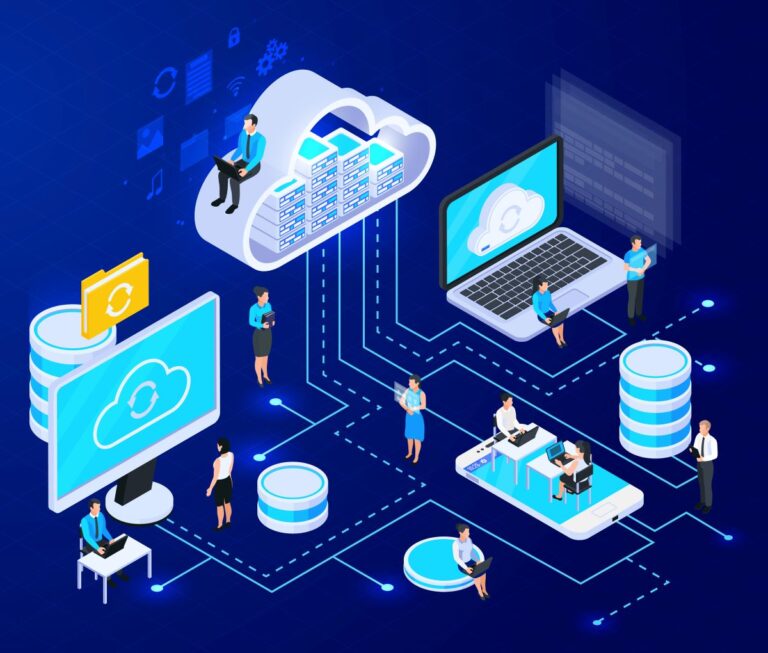Welcome to the exciting world of Content Management Systems (CMS).
If you’re scratching your head over which CMS to choose for your website then you’re not alone. With the introduction of headless CMS, the cyber landscape is evolving faster than you can say “SEO”.
Choosing between a headless CMS and a traditional CMS can feel like choosing between a hoverboard and a bicycle. Both will get you places, but which one’s right for you?
Let’s get started on this short guide to demystify this tech dilemma!
What’s the Buzz About Headless CMS?
First things first, what on earth is a headless CMS?
A headless CMS is like a decapitated traditional CMS (stay with me here).
It’s a backend-only content management system that acts as a content repository, making content accessible via an API for display on any device.
Fun fact: The term “headless” comes from the idea of chopping the “head” (frontend) off the “body” (backend).
Sounds gruesome, but it’s actually quite clever!
Watch this video on Headless CMS.
How Does Headless CMS come about?
From the mid-2000s to the 2010s, there is a growing need for more flexible content delivery methods due to the rise of multiple channels such as mobile apps.
This led to the concept of decoupling the backend from the frontend, allowing content to be managed independently via APIs.
In the 2010s, headless CMS began to grow in popularity with the rise of JavaScript frameworks like React and Angular, along with the growing importance of mobile and IoT devices.
At present, more and more developers and companies prefer headless CMS due to its scalability and ability to integrate with modern tech stacks. Notable headless CMSs such as Contentful and Strapi have emerged, offering developer-friendly features and more robust APIs.
Traditional CMS like WordPress also started to offer headless options to stay relevant.
Source: TechTarget Content Management
Pros of Headless CMS
According to a WorldMetrics Report 2024, 48% of organisations are planning to switch to a headless CMS within the next two years.
Below are the advantages in a nutshell:
- Flexibility: It’s like yoga for your content. Stretch it, bend it, put it anywhere!
- Future-proof: New device? No problem. Your content is ready for anything.
- Speed: Lighter than traditional CMS, it’s the Usain Bolt of content delivery.
- Developer friendly: APIs galore! Developers can use their favourite tools.
Cons of Headless CMS
As with all systems or applications, they have some downsides.
Below are the disadvantages:
- Complexity: It’s not exactly plug-and-play. You’ll need some tech knowledge.
- Cost: Initially, it might make your wallet a bit lighter.
- No built-in frontend: You’ll need to BYOF (Bring Your Own Frontend).
- No marketing capabilities
The Tried and True Traditional CMS
Now, let’s talk about the old faithful – the traditional CMS. It’s been around the block a few times and knows a thing or two about content management.
Interesting tidbit: WordPress, the most popular traditional CMS, powers over 40% of all websites on the internet. That’s more websites than there are people in Canada!
Let’s dive into the advantages and disadvantages of a (uh, good and old) traditional CMS.
Pros of Traditional CMS
- User-friendly: Even your gran could probably figure it out (no offense, Gran).
- All-in-one solution: Frontend and backend, together like tea and biscuits.
- Cheaper to start: Easier on the pocket initially.
- Plenty of plugins: Want a feature? There’s probably a plugin for that.
Cons of Traditional CMS
- Less flexible: It’s abit like trying to fit a square peg in a round hole sometimes.
- Slower: All those features can make it a bit sluggish.
- Security concerns: More plugins = more potential vulnerabilities.
So, Which One’s Right for Your Business?
The answer, as with most things in life, is that it depends. Let’s break it down a bit more.
Go for a Headless CMS if:
- You’re running a multi-channel business (website, mobile app, smart fridges, you name it).
- You’ve got a tech-savvy team or budget for developers.
- You’re planning for future expansion and need flexibility.
- Speed is of the essence for your business.
Here’s some cool stats:
- Businesses using headless CMS report 38% faster load times.
- 58% of companies reported saving time in content management and increased productivity.
Stick with a Traditional CMS if:
- You’re running a straightforward website without complex requirements.
- Your team isn’t too tech-savvy.
- You’re on a tight budget.
- You need to get a website up and running quickly.
Did you know? Some traditional CMS platforms are now offering “hybrid” solutions, giving you a taste of both worlds. It’s like having your cake and eating it too!
The Future of CMS: Crystal Ball Time
As we peer into the future, what can we expect from the world of CMS?
Well, AI and machine learning are starting to make waves. Imagine a CMS that can predict what content your users want before they even know it themselves!
There’s also a growing trend towards more personalised content experiences. Whether you go headless or traditional, the ability to deliver tailored content to your users is becoming increasingly important.
As such, the future of headless CMS looks very promising with advancements in AI-driven content management, personalisation and real-time content delivery.
Making the Decision: A Quick Checklist
Still on the fence? Here’s a quick checklist to help you decide:
- What’s your budget like? 💰
- How tech-savvy is your team? 🤓
- Do you need to deliver content to multiple platforms? 📱💻🖥️
- How important is site speed for your business? 🏎️
- Do you anticipate major changes or growth soon? 📈
Remember, there’s no one-size-fits-all solution. It’s about finding the right fit for your business needs, budget, and plans.
In the end, whether you go headless or stick with tradition, the most important thing is that your CMS serves your content effectively to your audience.
After all, content is king, and the CMS is just the throne it sits on!
Are you ready to lose your head over a headless CMS, or will you stick with the traditional crown? The choice is yours!
Whatever you decide, remember this: in the world of CMS, the only constant is change. So choose a solution that can change with you!
Websparks as a CMS Solution Provider
Navigating the world of CMS can be daunting, but Websparks is here to help.
We offer tailored solutions whether you’re considering a headless or traditional CMS. Our expert team will assess your business needs and guide you to the best option for seamless content management, enhanced flexibility, and scalability.
With Websparks, you get robust support, cutting-edge technology, and a CMS that evolves with your business.
Visit our website to explore how we can empower your digital strategy and help you achieve your goals.

